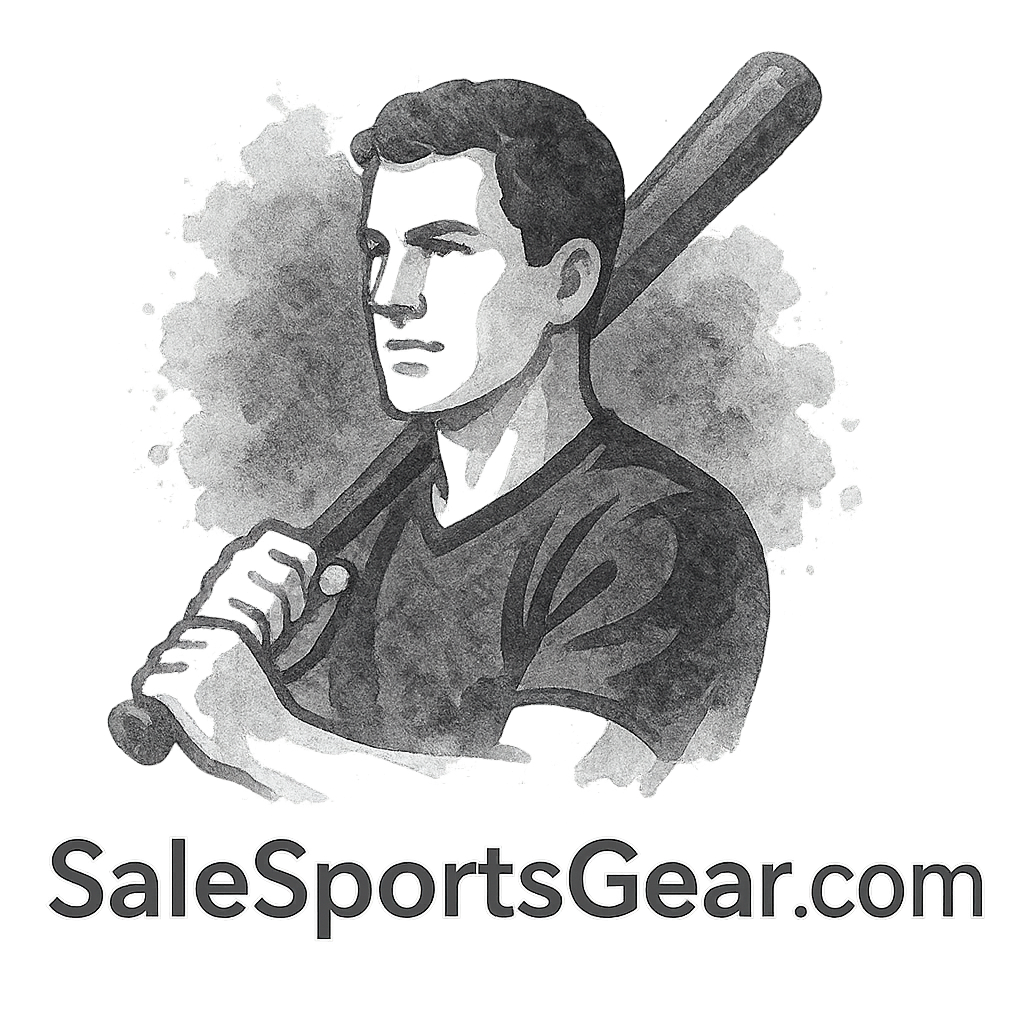So, you’ve finally picked up that shiny new beginner sports gear, huh? Exciting times! Whether it’s a basketball, set of tennis rackets, a pair of cleats, or winter sports gear, you’ve made an investment in your active lifestyle. But let’s be honest—nothing kills motivation faster than ruined or smelly gear after a couple of uses.
The good news? Keeping your beginner sports gear in great shape isn’t rocket science. With just a few easy-to-follow habits, you can make sure your equipment stays clean, safe, and ready for action. Let’s dive into the top 10 practical tips to protect your gear—and your wallet.
1. Clean Your Gear After Every Use
Why Cleaning Matters
Let’s face it—sweat, dirt, and grime are part of the game. But letting them stay on your equipment? That’s a big no-no. Not only does it make your gear smell funky, but over time it can lead to bacteria buildup and even damage materials like leather, mesh, and foam.
Quick Cleaning Hacks
Use a soft cloth to wipe down surfaces. For shoes and balls, a mix of water and mild soap does the trick. Helmets and pads? Use antibacterial sprays designed for sports equipment.
Want gear that’s easy to clean and made for performance? Check out the High Performance Sports Accessories section on Sale Sports Gear.

2. Store Equipment Properly
Temperature and Humidity Tips
Extreme temperatures are the silent killer of sports gear. Leather cracks, rubber warps, and synthetic fibers degrade in overly hot or cold environments. Always store your gear in a dry, climate-controlled space—avoid the trunk of your car!
Gear-Specific Storage Tricks
Balls? Slightly deflate them when not in use. Shoes? Keep them on a rack with airflow. Winter gear? Dry completely before storing in vacuum-sealed bags. You’ll find more tips like these under Seasonal Sports Gear.
3. Follow Manufacturer Guidelines
Manuals Aren’t Just Paperweights
We get it—you’re excited to jump in. But those little instruction booklets that come with your gear? Read them. They often include key maintenance tips that can add years to your gear’s life.
Also, product pages on sites like Sports Gear by Type include digital guides, warranty info, and care instructions.
4. Inspect Regularly for Damage
What to Look for and When
Make a habit of checking your equipment before and after every session. Look for cracks in bats, frayed laces, bent frames, or loose padding. Small issues caught early can prevent big (and expensive) problems later.
Explore tools for inspection under Athlete Tools.
5. Don’t Share Gear Excessively
The Hygiene & Wear Factor
Sharing might be caring, but when it comes to sports gear, it’s also wearing. Sweat, pressure, and fit preferences vary from person to person. Sharing gear—especially shoes, gloves, and helmets—can lead to faster wear and tear.
Get your own quality gear from the Sports Gear by Sport section. There’s something tailored to every athlete’s needs.
6. Use Gear for Its Intended Purpose Only
Avoid Unnecessary Strain
Don’t use your running shoes for hiking or your basketball as a football. It might seem harmless, but using gear outside its intended design leads to faster breakdown and injury risks.
Visit Accessories to find gear meant for specific sports and training styles.
7. Rotate Between Gear Sets (If Possible)
Less Wear, More Longevity
If your budget allows, rotate between two sets of shoes, gloves, or workout clothes. This gives materials time to decompress and dry properly, reducing long-term damage.
Parents—this is especially useful for growing athletes. Check out the Sports Gear for Kids for affordable rotation options.
8. Protect from Sun and Harsh Weather
Sun Damage Isn’t Just a Skin Thing
Leaving your gear in direct sunlight can fade colors, dry out materials, and weaken fabric elasticity. UV rays can even break down rubber in balls and shoes over time.
Need durable, weather-proof gear? Check out the Winter Gear collection for sun-safe and cold-resistant options.
9. Invest in Gear Maintenance Accessories
Affordable Tools That Make a Difference
Simple stuff like boot dryers, helmet deodorizers, ball pumps, and mesh storage bags can dramatically increase the lifespan of your gear.
You’ll find a wide range of helpful tools in the Performance Gear section of Sale Sports Gear.
10. Know When to Replace Your Gear
Don’t Wait for Breakdowns
Everything has a shelf life. If your equipment is no longer performing the way it should—grip worn out, padding flat, support gone—it’s time for a replacement. Don’t risk injury or poor performance.
Need new essentials? Explore Sports Equipment to replace worn items without breaking the bank.
Bonus Tip: Stay Organized With a Gear Checklist
Ever showed up to practice missing something crucial? Avoid the panic by keeping a checklist. Whether it’s in your phone or printed by the door, a checklist helps you track condition, cleaning, and replacement needs.
Use tags like Basketball or Youth to customize your list based on the sports you play.
Conclusion
Keeping your beginner sports gear in good shape doesn’t have to be a chore. With a little consistency and the right habits, you can extend your gear’s life, perform better, and save money. Whether you’re practicing in the park, playing in a league, or just hitting the gym, treat your gear like a teammate—it’ll pay off big time.
And remember, when it’s time to upgrade, repair, or explore more sport-specific gear, check out SaleSportsGear.com for everything you need to level up.
FAQs
1. How often should I clean my beginner sports gear?
Ideally, after every use. At the very least, give it a proper clean once a week, depending on intensity and sweat levels.
2. Can I wash my gear in the washing machine?
Some soft gear (like pads and clothes) is machine-washable. Always check the tags or manufacturer’s guidelines.
3. How do I know when to replace my gear?
If the gear loses support, becomes misshapen, or shows visible cracks or tears, it’s time to replace it.
4. Is it bad to keep my gear in the car?
Yes. Temperature extremes can warp or damage gear. It’s best to store items in a cool, dry place.
5. Should kids share sports gear?
It’s best if they don’t. Sharing increases wear and can spread bacteria or fungi, especially with shoes or helmets.
6. What’s the easiest way to track gear maintenance?
Create a digital or paper checklist with usage dates, cleaning logs, and replacement cycles.
7. Where can I buy affordable, high-quality beginner sports gear?
Visit SaleSportsGear.com—they’ve got everything from beginner kits to performance accessories tailored for every level and sport.

